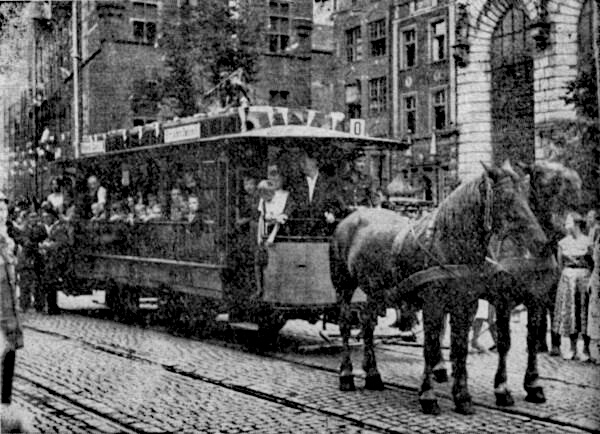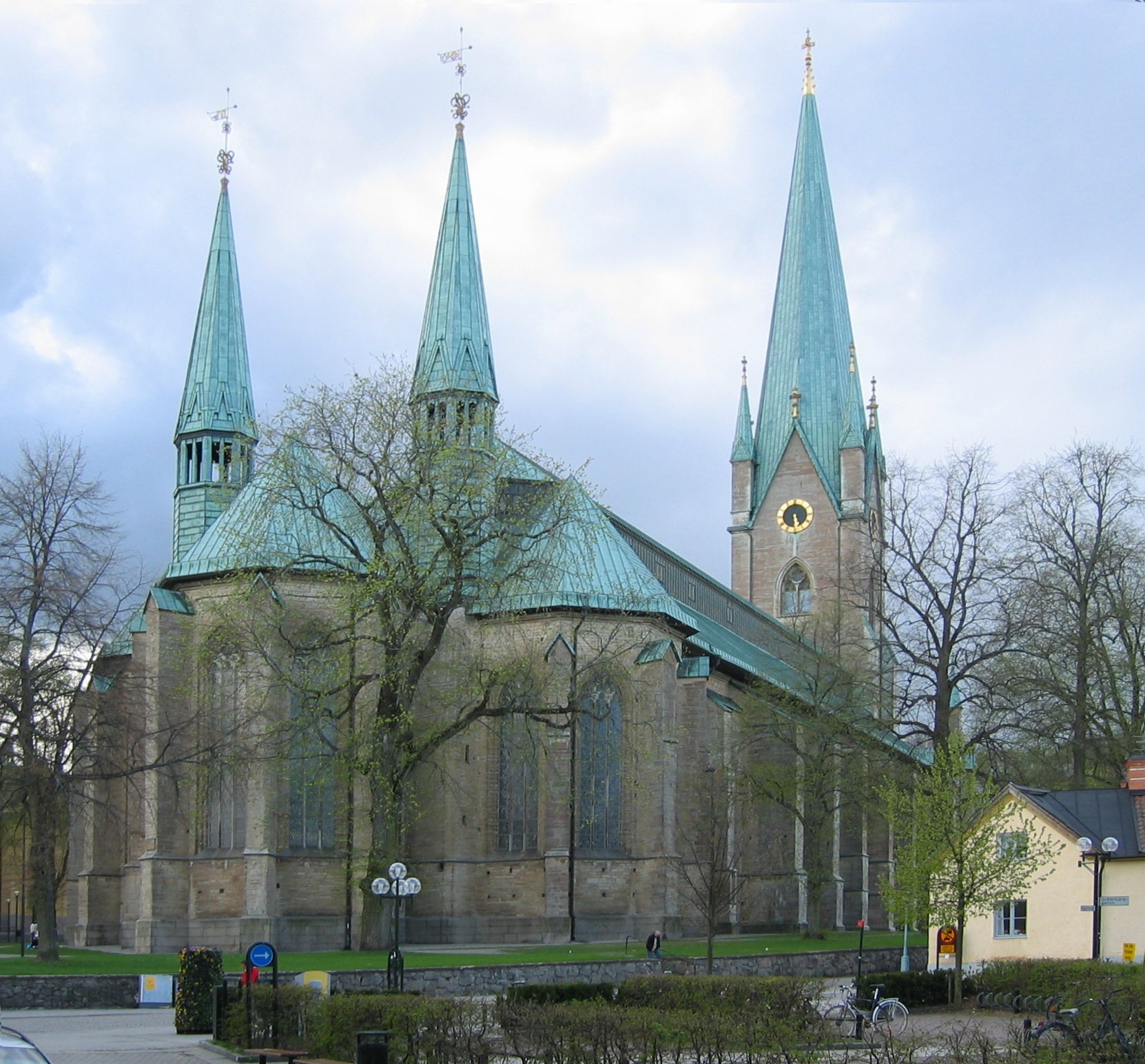|
Brända Tomten
Brända Tomten () is a small, triangular public square in Gamla stan, the old town in central Stockholm, Sweden. A few benches under a chestnut tree, the ivy hanging from the surrounding façades makes the space a lush, relaxed spot. During summers, a network of storytellers gather around the benches to tell their stories both to enthusiasts and passers-by. A building located on in the corner between the streets Kindstugatan and Själagårdsgatan destroyed by fire in 1728, was apparently not rebuilt for a few decades, which gave first the lot and then the open space their names. The turning radius of horse-drawn vehicles made open spaces necessary, and the city architect Johan Eberhard Carlberg (1683–1773) in 1734 mentions having proposed a turning space on the location two years earlier, on a plan naming the space ''Eckmarcks afbrände tomt'' ("Ekmarck's burnt-out lot"). Though the space is not named on maps dated 1733 and 1770, the population register of 1760 names it ... [...More Info...] [...Related Items...] OR: [Wikipedia] [Google] [Baidu] |
Själagårdsgatan
Själagårdsgatan ( Swedish: "The Charitable Institution Street") is a street in Gamla stan, the old town in central Stockholm, Sweden. Stretching south from Köpmangatan to Tyska Brunnsplan, it forms a parallel street to Baggensgatan. It crosses the small triangular square Brända Tomten and is intercepted by Kindstugatan, Tyska Skolgränd, and Svartmangatan. History The street, appearing as ''Siela gardz gatan'' in 1487, ''Sielegatenn'' in 1593, ''Siähl gårdz gatan'' in 1688, and ''Siärgårds Gatan'' 1718, is named after a charitable institution (''Själagård'', "Soul Building/Homestead") built on number 13 in the early 1420s. The institution was founded by a Christian Charitable trust as a home for old and sick, financed by donations (''själagåvor'', "gifts of the soul"). This sort of Christian institution disappeared after the Reformation during the second half of the 16th century. The building in question was later used as the royal printing house were print ... [...More Info...] [...Related Items...] OR: [Wikipedia] [Google] [Baidu] |
Horse-drawn Vehicle
A horse-drawn vehicle is a piece of equipment pulled by one or more horses. These vehicles typically have two or four wheels and were used to carry passengers or a load. They were once common worldwide, but they have mostly been replaced by automobiles and other forms of self-propelled transport but are still in use today. General Horses were domesticated circa 2000 BCE. Before that oxen were used. Historically, a wide variety of arrangements of horses and vehicles have been used, from chariot racing, which involved a small vehicle and four horses abreast, to horsecars or trollies, which used two horses to pull a car that was used in cities before electric trams were developed. A two-wheeled horse-drawn vehicle is a cart (see various types below, both for carrying people and for goods). Four-wheeled vehicles have many names – one for heavy loads is most commonly called a wagon. Very light carts and wagons can also be pulled by Donkey, donkeys (much smaller than horses), pony ... [...More Info...] [...Related Items...] OR: [Wikipedia] [Google] [Baidu] |
Linköping
Linköping ( , ) is a city in southern Sweden, with around 167,000 inhabitants as of 2024. It is the seat of Linköping Municipality and the capital of Östergötland County. Linköping is also the episcopal see of the Diocese of Linköping (Church of Sweden) and is well known for its cathedral. Linköping is the center of an old cultural region and celebrated its 700th anniversary in 1987. Dominating the city's skyline from afar is the steeple of Linköping Cathedral, the cathedral (). Nowadays, Linköping is known for its Linköping University, university and its High tech, high-technology industry. Linköping wants to create a sustainable development of the city and therefore plans to become a Carbon neutrality, carbon-neutral community by 2025. Located on the Östergötland Plain, Linköping is closely linked to Norrköping, roughly to the east, near the sea. History The city is possibly named after the ''Lionga thing, Lionga ting'' assembly which according to Medieval ... [...More Info...] [...Related Items...] OR: [Wikipedia] [Google] [Baidu] |
Project Runeberg
Project Runeberg () is a digital cultural archive initiative that publishes free electronic versions of books significant to the culture and history of the Nordic countries. Patterned after Project Gutenberg, it was founded by Lars Aronsson and colleagues at Linköping University and began archiving Nordic-language literature in December 1992. As of 2015 it had accomplished digitization to provide graphical facsimiles of old works such as the ''Nordisk familjebok'', and had accomplished, in whole or in part, the text extractions and copyediting of these as well as esteemed Latin works and English translations from Nordic authors, and sheet music and other texts of cultural interest. Nature and history Project Runeberg is a digital cultural archive initiative patterned after the English-language cultural initiative, Project Gutenberg; it was founded by Lars Aronsson and colleagues at Linköping University, especially within the university group Lysator (see below), with the aim ... [...More Info...] [...Related Items...] OR: [Wikipedia] [Google] [Baidu] |
IMDb
IMDb, historically known as the Internet Movie Database, is an online database of information related to films, television series, podcasts, home videos, video games, and streaming content online – including cast, production crew and biographies, plot summaries, trivia, ratings, and fan and critical reviews. IMDb began as a fan-operated movie database on the Usenet group "rec.arts.movies" in 1990, and moved to the Web in 1993. Since 1998, it has been owned and operated by IMDb.com, Inc., a subsidiary of Amazon. The site's message boards were disabled in February 2017. , IMDb was the 51st most visited website on the Internet, as ranked by Semrush. the database contained some million titles (including television episodes), million person records, and 83 million registered users. Features User profile pages show a user's registration date and, optionally, their personal ratings of titles. Since 2015, "badges" can be added showing a count of contributions. These badges rang ... [...More Info...] [...Related Items...] OR: [Wikipedia] [Google] [Baidu] |
Chamber Play
A chamber play is a play of usually three acts which can be performed with a small cast and practically no sets or costumes in a small space. The form became popular in the early 20th century, with leading exponents being Max Reinhardt and August Strindberg. The first cinema adaptation was ''Kammerspielfilm'' in the 1920s, and the format was later adapted for cinema by Ingmar Bergman and Carl Theodor Dreyer. The name is derived from the term chamber music. See also * Closet drama * Drawing room play * List of films set in a single location This page lists films that are set fully, or almost entirely, in only one location. Such films are sometimes referred to as "bottle movies" or "chamber pieces". In June 2023, film critic Chris Stuckmann speculated that the limitations that chamber ... References Drama {{drama-stub ... [...More Info...] [...Related Items...] OR: [Wikipedia] [Google] [Baidu] |
August Strindberg
Johan August Strindberg (; ; 22 January 184914 May 1912) was a Swedish playwright, novelist, poet, essayist, and painter.Lane (1998), 1040. A prolific writer who often drew directly on his personal experience, Strindberg wrote more than 60 plays and more than 30 works of fiction, autobiography, history, cultural analysis, and politics during his career, which spanned four decades. A bold experimenter and iconoclast throughout his life, he explored a wide range of dramatic methods and purposes, from naturalistic tragedy, monodrama, and historical plays to his anticipations of expressionist and surrealist dramatic techniques. From his earliest work, Strindberg developed innovative forms of dramatic action, language, and visual composition. He is considered the "father" of modern Swedish literature and his '' The Red Room'' (1879) has frequently been described as the first modern Swedish novel. In Sweden, Strindberg is known as an essayist, painter, poet, and especially noveli ... [...More Info...] [...Related Items...] OR: [Wikipedia] [Google] [Baidu] |
Cartouche (design)
A cartouche (also cartouch) is an oval or oblong design with a slightly convex surface, typically edged with ornamental scrollwork. It is used to hold a painted or low-relief design. Since the early 16th century, the cartouche is a scrolling frame device, derived originally from Italian . Such cartouches are characteristically stretched, pierced and scrolling. Another cartouche figures prominently in the 16th-century title page of Giorgio Vasari's ''Lives of the Most Excellent Painters, Sculptors, and Architects'', framing a minor vignette with a pierced and scrolling papery cartouche. The engraved trade card of the London clockmaker Percy Webster shows a vignette of the shop in a scrolling cartouche frame of Rococo design that is composed entirely of scrolling devices. History Antiquity Cartouches are found on buildings, funerary steles and sarcophagi. The cartouche is generally rectangular, delimited by a molding or one or more incised lines, with two symmetrical trapezoi ... [...More Info...] [...Related Items...] OR: [Wikipedia] [Google] [Baidu] |
Johan Eberhard Carlberg
Johan Eberhard Carlberg (24 February 1683 in Gothenburg, Sweden – 22 October 1773 in Stockholm) was a Swedish fortification officer and architect. He was Gothenburg's first city engineer, a position he held from 1717 until 1727. In 1727, he was appointed city architect in Stockholm, where he stayed for 45 years until 1772. During this time, he also began an influential school of architecture. He was an older brother of the engineer and architect Bengt Wilhelm Carlberg, who replaced him as a city engineer in Gothenburg when Johan Eberhard moved to Stockholm. Life and works Carlberg began work in 1700 at the fortification in Marstrand, working at first as a volunteer but later (11 January 1702 until 1703) as project leader. In 1703, Carlberg became a lieutenant in the Närkes and Värmlands reserve regiment (Swedish "tremänningsregementen"), participating in their field training in Latvia and Lithuania. In Gothenburg, Carlberg became a lieutenant at the fortification on 19 Novem ... [...More Info...] [...Related Items...] OR: [Wikipedia] [Google] [Baidu] |
Horse-chestnut (tree)
The genus ''Aesculus'' ( or ), with notable species including buckeye and horse chestnut, comprises 13–19 species of flowering plants in the family Sapindaceae. They are trees and shrubs native to the temperate Northern Hemisphere, with six species native to North America and seven to 13 species native to Eurasia. Several hybrids occur. ''Aesculus'' exhibits a classical Arcto-Tertiary distribution. Mexican buckeye seedpods resemble the ''Aesculus'' seedpods, but belong to a different genus. Carl Linnaeus named the genus ''Aesculus'' after the Roman name for an edible acorn. Common names for these trees include "buckeye" and "horse chestnut", though they are not in the same order as the true chestnuts, '' Castanea'' in the Fagales The Fagales are an order of flowering plants in the rosid group of dicotyledons, including some of the best-known trees. Well-known members of Fagales include: beeches, chestnuts, oaks, walnut, pecan, hickory, birches, alders, hazels ... [...More Info...] [...Related Items...] OR: [Wikipedia] [Google] [Baidu] |




